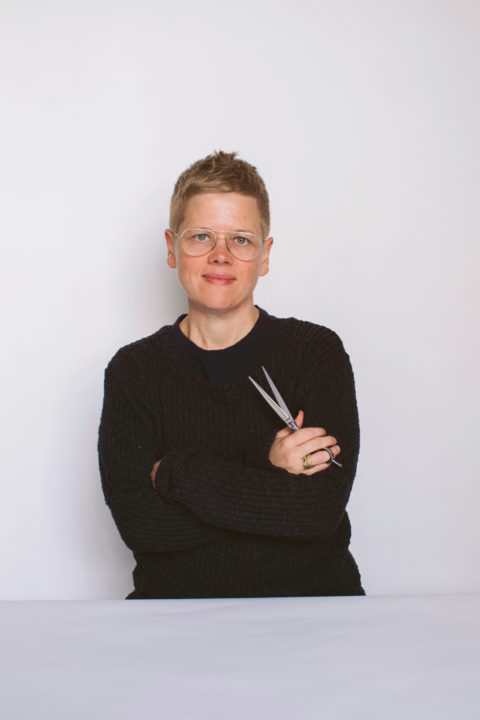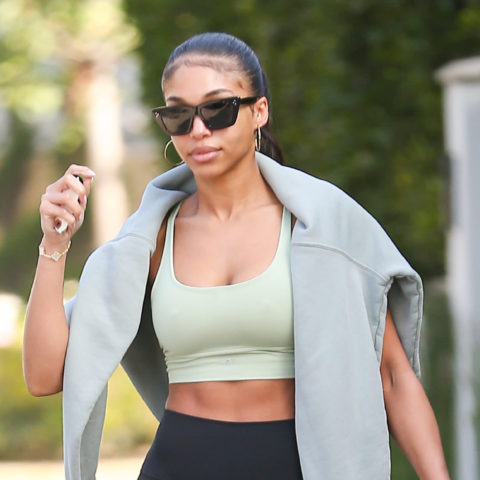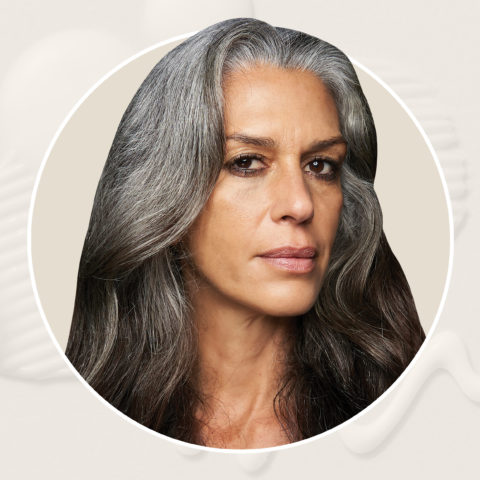This Toronto Salon Owner is on a Mission to Take Gender Out of Hair Cuts
A man bun is just a bun, after all.
Kristin Rankin didn’t set foot in a hair salon until she was in her mid-20s; until then, her mom had been her go-to hairstylist. “I was very androgynous and tomboyish, and she always cut my hair just the way I wanted it,” says Rankin, who is now a hairstylist herself. When she eventually booked her first appointment at a traditional salon, she walked out mortified. “I felt really misgendered because [the stylist] did my hair in this very poufy, feminine way,” she recalls.
It was the moment that informed her approach to hairstyling. She eventually opened Fuss Hair Studio (which has since become part of the New York-based salon chainFox & Jane) in Toronto; it was one of the first salons in the city to banish gendered pricing and offer cuts based on hair length. After a first-time client tweeted about her positive experience at Fuss as a transgender woman, Rankin launched the Dresscode Project, a global alliance of salons and barbershops championing inclusivity and positive, gender-affirming services for LGBTQ2S+ clients.

Last year, Rankin and Pantene U.K. partnered on a campaign featuring model and Pantene ambassador Ángela Ponce, the first transgender woman to compete in the Miss Universe pageant, and Paris Lees, a transgender-rights activist. “As a direct result of their work with the Dresscode Project, Pantene changed its mission statement from ‘great hair for women’ to ‘great hair for everyone,’” says Rankin.
Many cosmetics and fragrance brands are shedding their traditional labels and hyper-gendered packaging, and haircuts are going in a similar direction. Salons across Canada and beyond are catching on, inviting Rankin to host workshops designed to train hairstylists on how to make clients feel comfortable and to teach business owners how to create a space that feels safe and welcoming to everyone.
While there are several things a salon can do to be more inclusive, such as offering unisex restrooms and using preferred pronouns, Rankin also focuses on the language hairstylists use when they’re describing a client’s visual reference, whether it’s a screenshot of Phoebe Waller-Bridge’s bob or a tear sheet of Timothée Chalamet’s bowl cut. “We talk about hair characteristics rather than the binaries people put on haircuts,” she says. Because while we often use words like “masculine” or “feminine” to describe certain styles or cuts, adds Rankin, “hair literally has no gender.”








